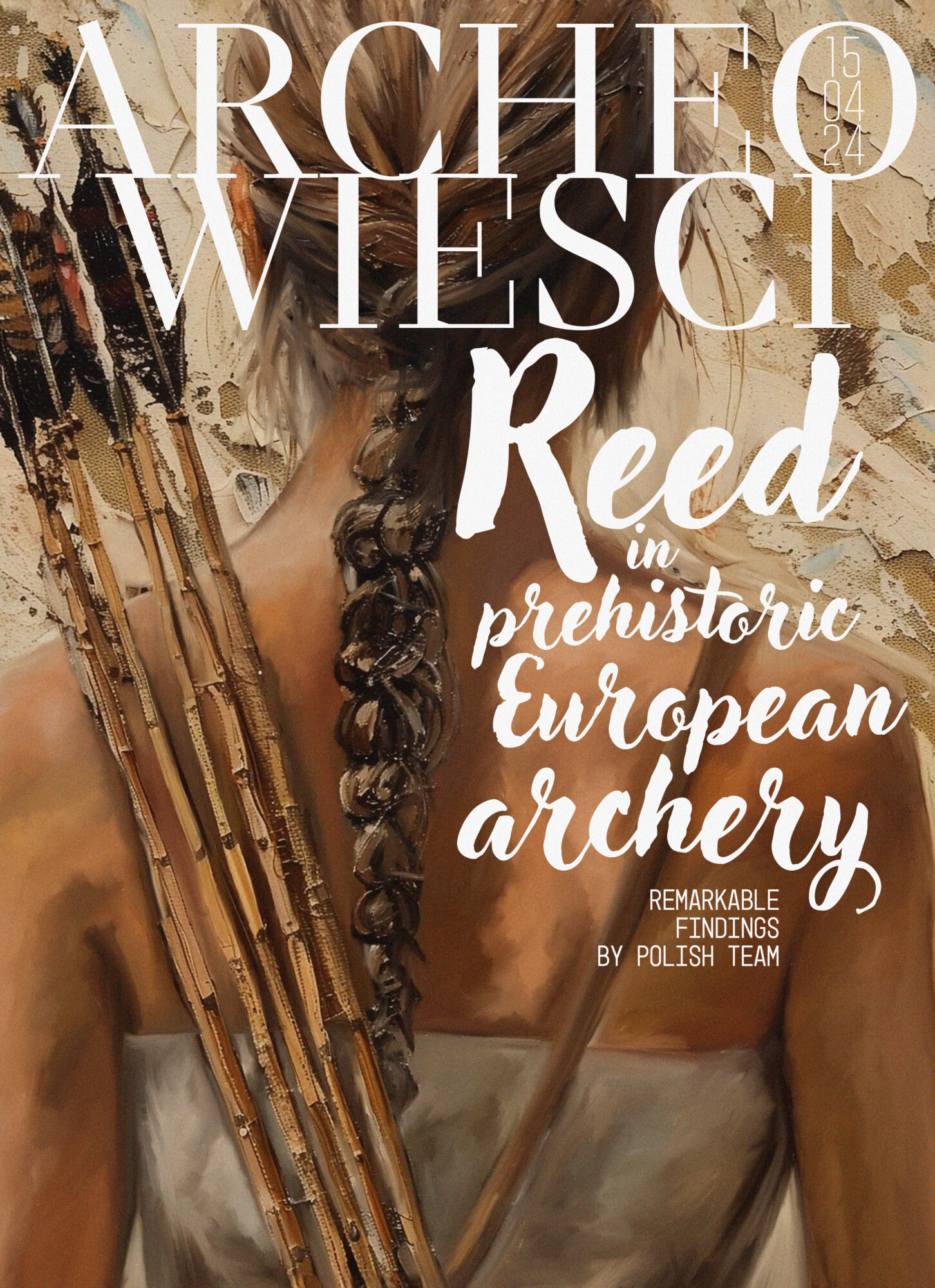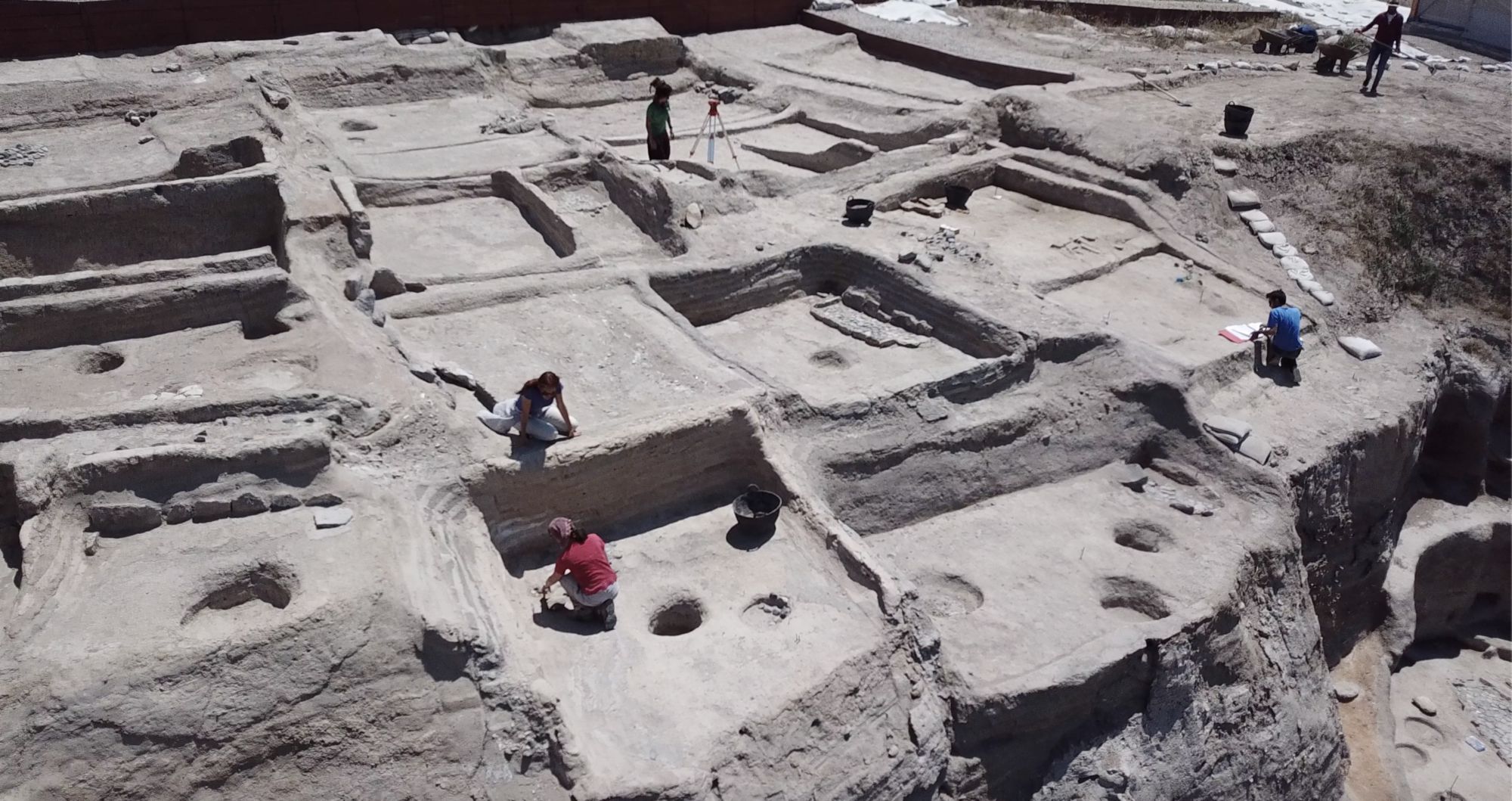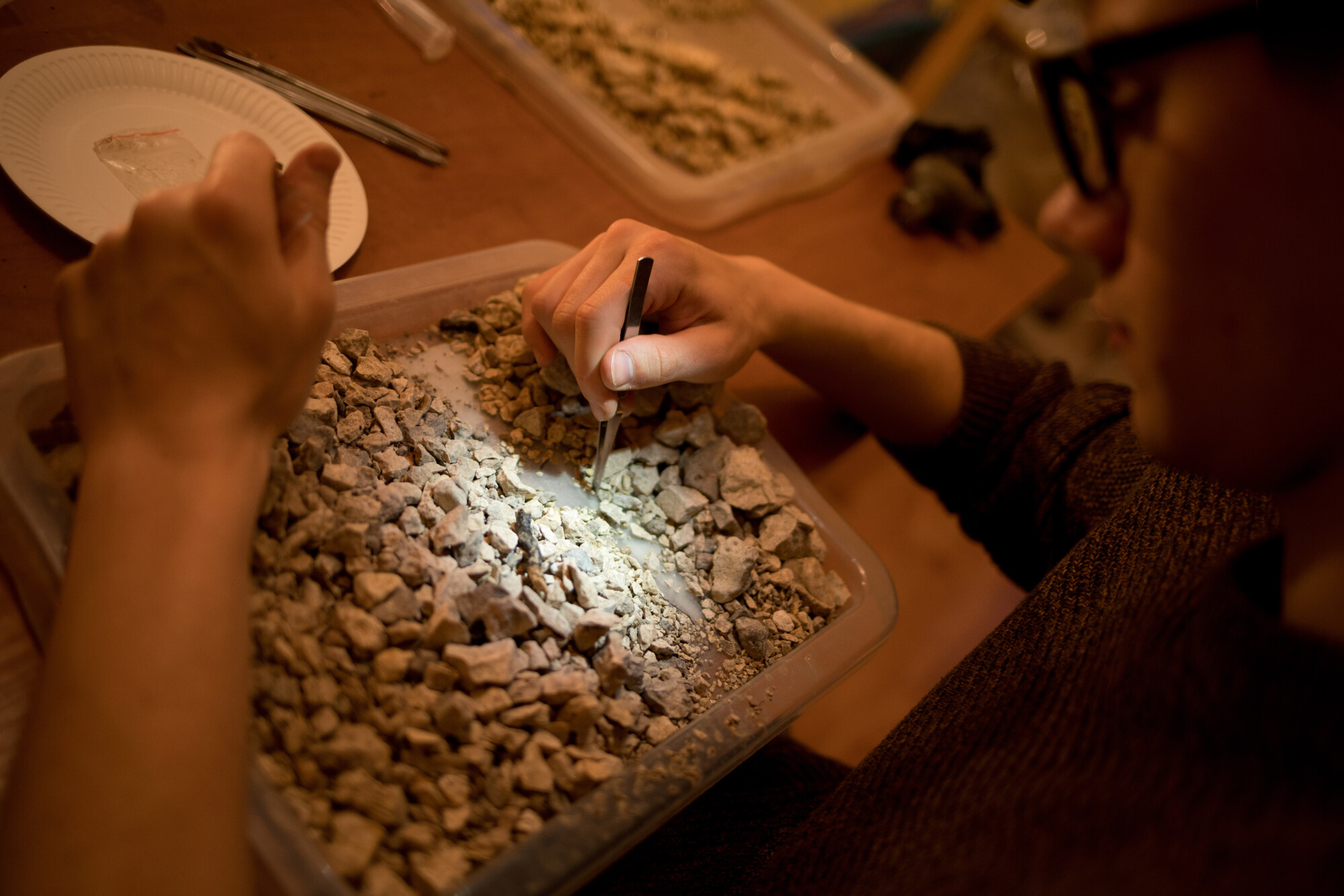
El Castillo de Huarmey, situated approximately 850 kilometers from the Wari heartland on Peru’s Pacific northern coast, emerged as the largest and most important provincial center in the region between AD 800 and 1000. The presence of the Wari culture at El Castillo is undeniable, as it is expressed not only in architecture, but also in funerary practices and by high-quality artifacts. Venerating deceased ancestors was of utmost importance to the Wari. El Castillo de Huarmey itself is a testament to this pivotal element of their past culture. This enormous sepulchral archaeological site covers an area of 45 hectares. A maze of chambers and mausoleums, erected across almost the entire summit of a large rocky spur that extends outward towards the valley, acted not only as an elite necropolis but also as a center of reverence for ancestors. The enormous quantity of ceramics discovered within offering rooms and graves reflects the considerable effort devoted to crafting ceramic vessels for food and beverage consumption, thus fostering a sense of community through feasts that involved both the ancestors and the living.
Continue reading “From clay to feast: Ceramic collection and ceramology at El Castillo de Huarmey”









